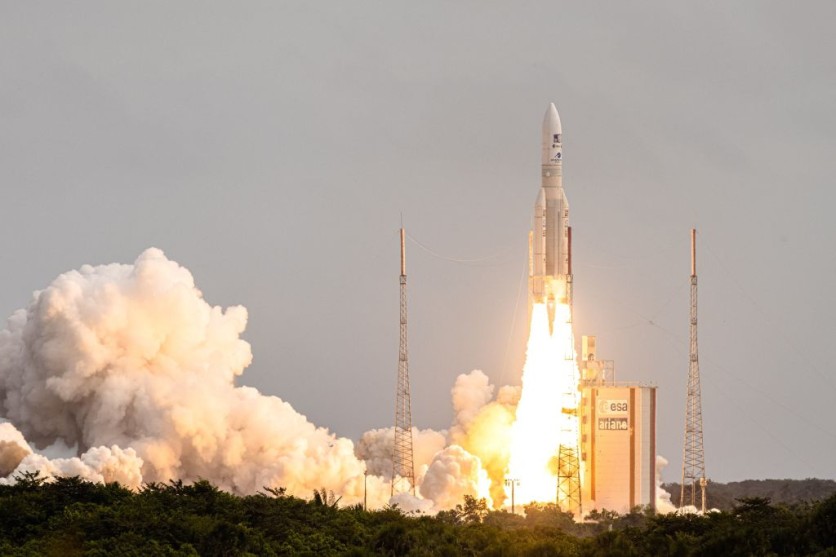Europe looks to transform space exploration, shaking up the traditional model and involving the private sector to boost space access and save troubled rockets.
The European Space Agency (ESA) has unveiled a groundbreaking initiative at the ESA Space Summit in Seville, Spain, which is set to have far-reaching implications for the future of space travel.
This bold move comes in response to the short-term gap in space access caused by delays and technical setbacks with the Ariane 6 and Vega-C rockets. Europe is determined not just to catch up but to leap ahead in the global space race.

A New Era of Competition
As Reuters reports, the heart of the matter lies in fostering competition and encouraging the private sector to develop services for small rockets that can guide Europe's space reform.
This approach significantly departs from ESA's historical involvement in designing and procuring launchers. Instead, ESA aims to adopt a leaner model, purchasing services to stimulate growth in the European space industry, mirroring the successes of competitors like Elon Musk's SpaceX.
"The launcher challenge will not only lower the cost of public funding but also create a new market for European space entrepreneurs," Aschbacher emphasized.
The ESA's vision is not limited to small rockets; it envisions this as a first step that could set the tone for long-term replacements for Europe's heavier Ariane 6 and Vega-C rockets, which remain the continent's sole independent options for primary payloads in the coming years.
The Role of France, Germany, and Italy
France, Germany, and Italy have played a pivotal role in breaking the deadlock that threatened to stall this transformative initiative. These nations, along with other ESA member countries, have come together to ensure a stable future for heavy and medium-sized launchers.
This collaboration includes providing financial support of up to 340 million euros annually for Ariane 6 and 21 million euros for Vega-C from 2026. This funding will help bridge the gap between rising production costs and market prices.
Furthermore, the agreement guarantees a minimum number of institutional launches for both Ariane 6 and Vega-C, offering the industry much-needed stability. These launches are set to span from flight 16 to 42, instilling confidence in contractors like Airbus-Safran venture ArianeGroup to continue their work.
In exchange for this support, the industry has been challenged to reduce costs by 11%. This cost reduction, as highlighted by French Finance Minister Bruno Le Maire, will play a vital role in ensuring that Ariane 6 remains competitive. Ariane 6 is manufactured by the Airbus-Safran partnership.
Italy has also secured a significant development in the deal, as Italian manufacturer Avio might soon operate Vega-C alongside Arianespace, which currently serves as the sole European operator.
Stay posted here at Tech Times.

ⓒ 2025 TECHTIMES.com All rights reserved. Do not reproduce without permission.




